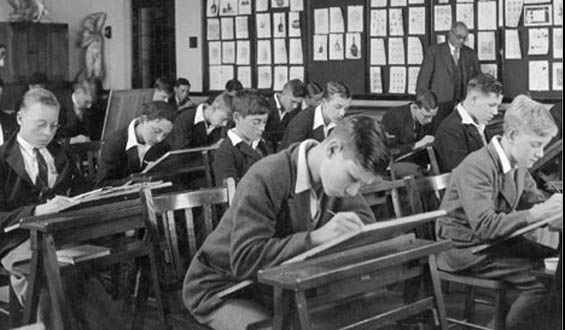Priceless: The Evolution of Teaching Mathematics in Public Schools
A reader sent me a commentary on teaching in public schools using mathematics as the example. I was taken by the simplicity and power of this commentary and decided to share it. This look at teaching mathematics from the 1950s to the present today was written by Kirk F. MacKenzie, founder of Silent No More Publications.
On his website MacKenzie says he, “[I]s a proud citizen of the United States and the son of a career Air Force Colonel. He has degrees in electrical engineering and business administration, and spent most of his career in high-tech. He decided to stand up, make a difference, and remain silent no more. His growing body of work is the result of his commitment to do what he can to restore the ideals our government was founded upon.”
Here is MacKenzie’s commentary on teaching mathematics in public schools:
I purchased a burger at Burger King for $1.58. The counter girl took my $2 and I was digging for my change when I pulled 8 cents from my pocket and gave it to her. She stood there, holding the nickel and 3 pennies, while looking at the screen on her register. I sensed her discomfort and tried to tell her to just give me two quarters, but she hailed the manager for help. While he tried to explain the transaction to her, she stood there and cried.. Why do I tell you this? Because of the evolution in teaching math since the 1960s:
- Teaching Math In 1950s (when I was in school) A logger sells a truckload of lumber for $100. His cost of production is 4/5 of the price. What is his profit ?
- Teaching Math In 1970s A logger sells a truckload of lumber for $100. His cost of production is 4/5 of the price, or $80. What is his profit?
- Teaching Math In 1980s A logger sells a truckload of lumber for $100. His cost of production is $80. Did he make a profit? Yes or No
- Teaching Math In 1990s A logger sells a truckload of lumber for $100. His cost of production is $80 and his profit is $20 Your assignment: Underline the number 20.
- Teaching Math In 2000s A logger cuts down a beautiful forest because he is selfish and inconsiderate and cares nothing for the habitat of animals or the preservation of our woodlands. He does this so he can make a profit of $20. What do you think of this way of making a living? Topic for class participation after answering the question: How did the birds and squirrels feel as the logger cut down their homes? (There are no wrong answers, and if you feel like crying, it’s Okay).
- Teaching Math In 2014 Un hachero vende una carretada de maderapara $100. El costo de la producciones es $80. Cuanto dinero ha hecho? ANSWER: His profit was $375,000 because his logging business is just a front for running drugs across the border.Mathematics
The issue of a traditional education versus Common Core has become the hot button issue for parents, teachers, academics and concerned citizens in Florida and across the United States. In the battle for the control of the heart and soul of education this commentary by Mackenzie is priceless.
To learn more about Kirk F. MacKenzie and Silent No More Publications click here.
RELATED ARTICLE: How to Encourage STEM in Early Education | Kids STEM



Trackbacks & Pingbacks
[…] A reader sent me a commentary on teaching in public schools using mathematics as the example. I was taken by the simplicity and power of this commentary an […]
Comments are closed.